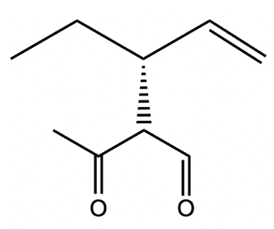Multiple Choice
Outline the synthetic pathway for the creation of 2-cinnamylmalonaldehyde from propylbenzene.

 Verified step by step guidance
Verified step by step guidance
 3:21m
3:21mMaster Catalytic Allylic Alkylation Concept 1 with a bite sized video explanation from Johnny
Start learning
